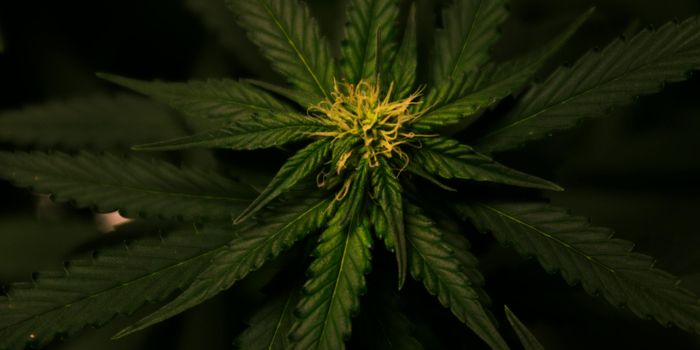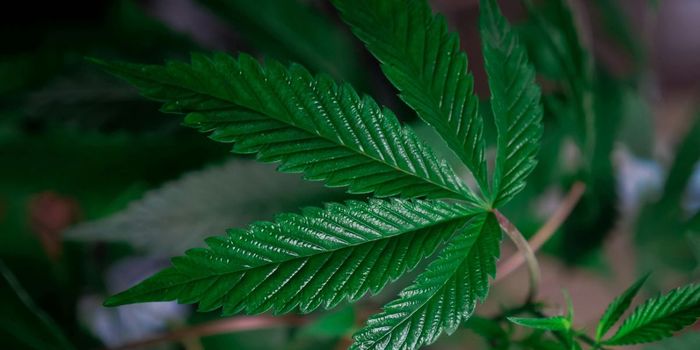Almost All Wild Bee-Plant Networks Have Been Disrupted or Lost
In the wild, bees rely on the flora and fauna in their environment to survive. Networks of plants and their pollinators are a critical part of our ecosystem. Researchers have now determined that over the past 30 years, climate change and habitat disturbances because of development and the expansion of agriculture have caused 94 percent of plant-pollinator networks to be lost or disturbed. The study, which has been reported in Insect Conservation and Diversity, utilized data on these networks that have been collected over 125 years.
The study showed that in 30 percent of the networks, either plants, bees, or both disappeared completely. In an additional 64 percent, wild bees like miner bees or native plants like willow are present in the environment, but the connection between the bees and plants has been lost; the bees don't visit them and their link is broken. The other six percent of plant-pollinator networks have remained stable, like in the case of small carpenter bees.
"There are several reasons for the losses in the networks. Climate change is likely the biggest driver. We know that over the last 100 years or so annual temperatures have changed by two and a half degrees. This is enough to alter the time when certain native plants bloom. For a bee that's out for months on end or is a generalist pollinator, this isn't such a critical mismatch, but for a bee that's only out for two weeks of the year and only has a few floral hosts, this could be devastating," explained Professor Sandra Rehan of the Faculty of Science at York University.
Invasive plants and bee species have also disrupted the networks. "We are getting a lot of invasive species and new records of invasive species every year. This is usually accidentally through trade and through ornamental plants," said Rehan.
Many bees live in stems, making them very easy to transport unknowingly or accidentally. Bees appear to be following shipping routes, moving around the globe from one continent to another through ornamental plants that are used in many places including North American gardens. "We can actually show routes and means of invasion biology," she added.
It's important to restore habitats and bring native flowers to agricultural environments to boost biodiversity among wild bees as well as to promote food security for people. Bees are needed to pollinate the crops we consume. It's thought that wild bees are responsible for pollinating around 308,000 or over 87 percent of flowering plant species, including important crops like apples and blueberries.
"There is an urgent need to gain a deeper understanding of the environmental circumstances affecting these wild pollinator populations and their specialized, evolutionary relationships with plant communities," said Rehan. "Plant pollinator webs are dependent on changes in the landscape, so knowing how these networks are shaped is important for all regional habitats."
Sources: AAAS/Eurekalert! via York University, Insect Conservation and Diversity









